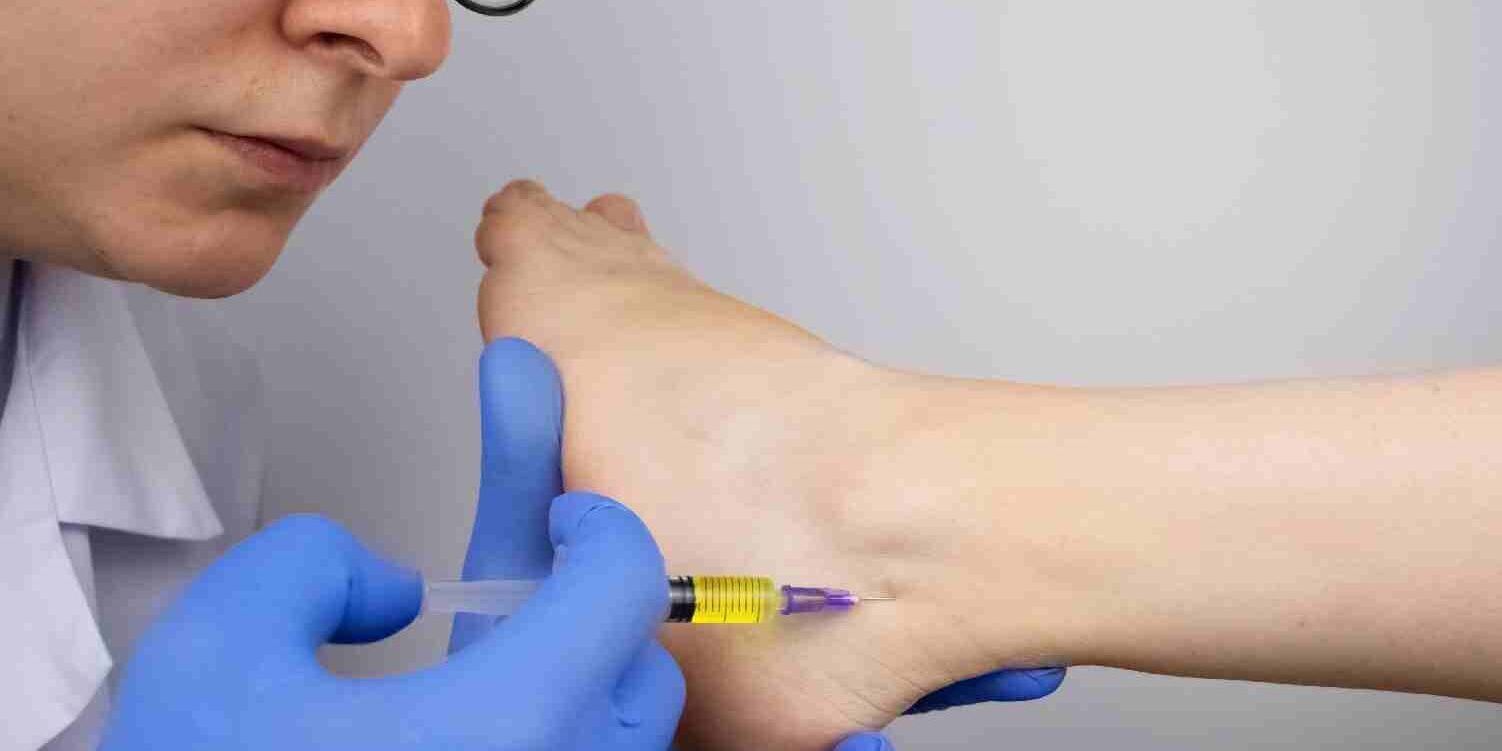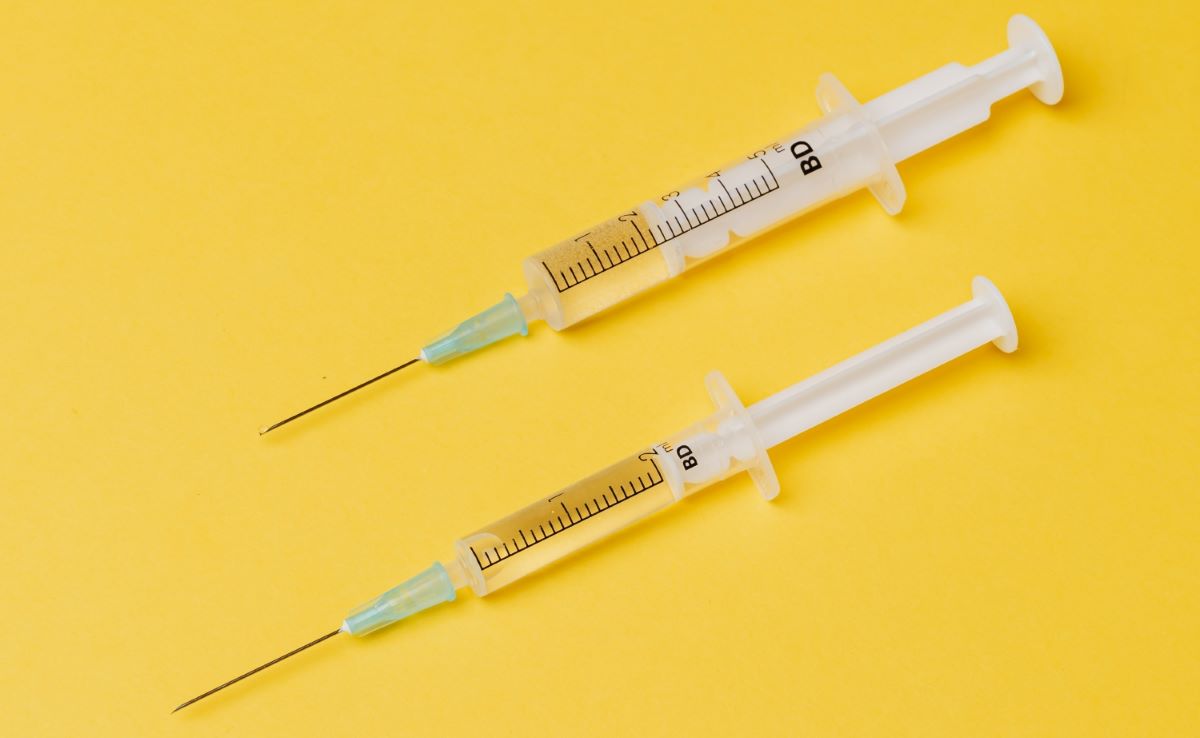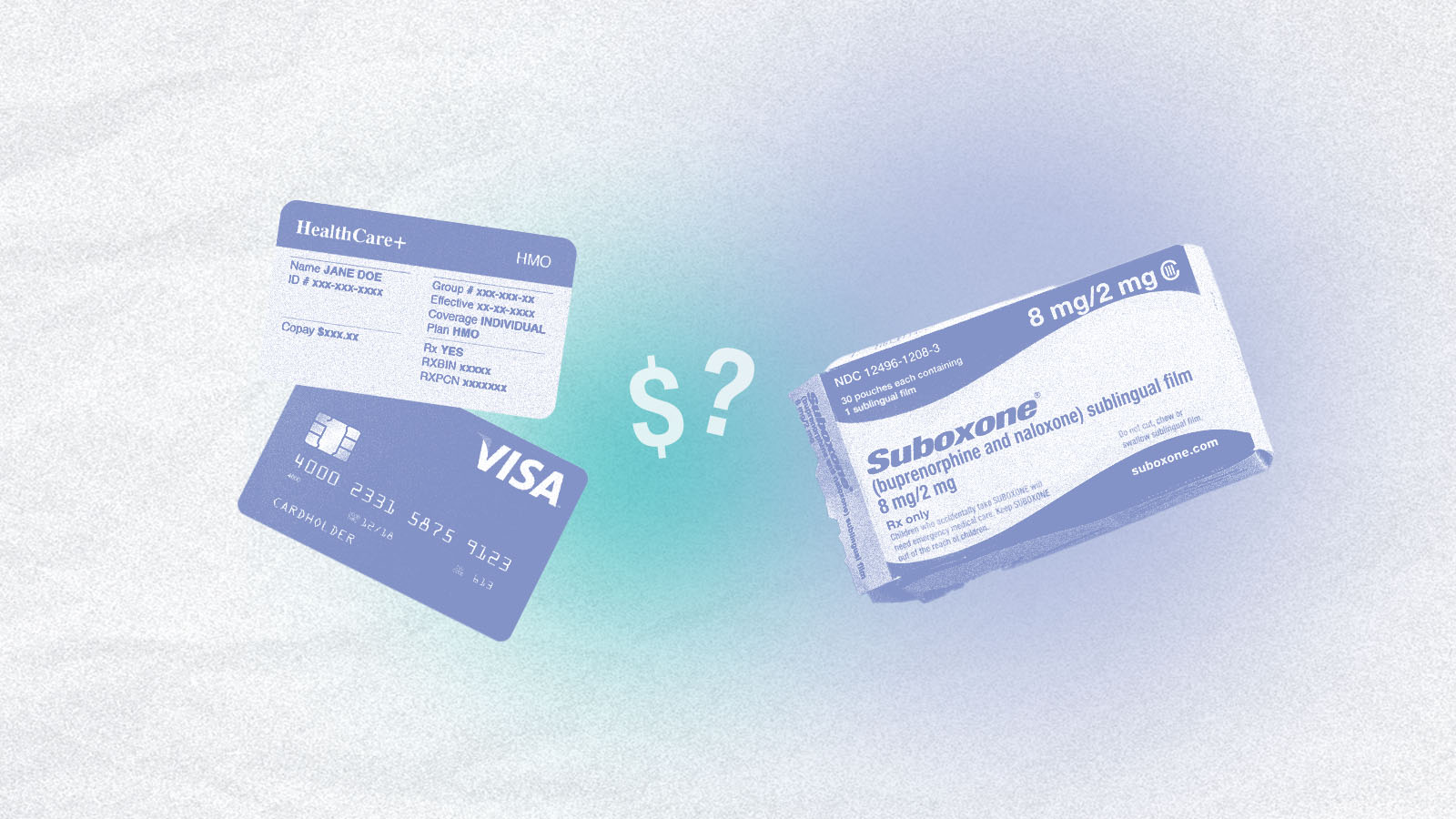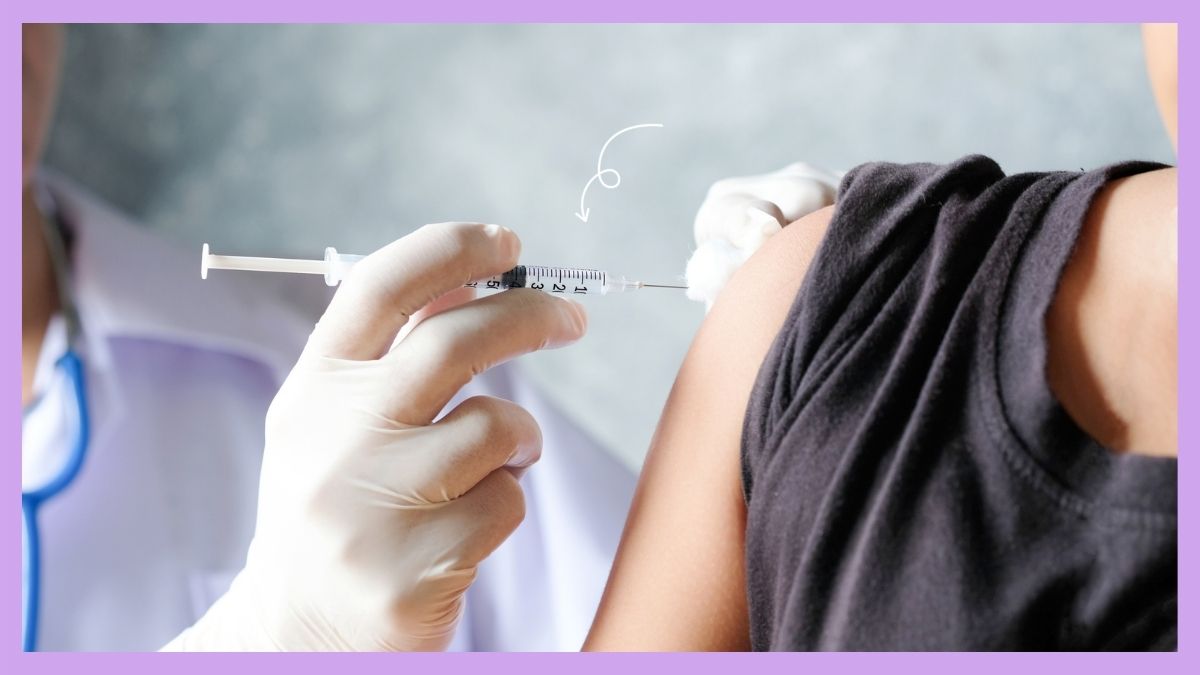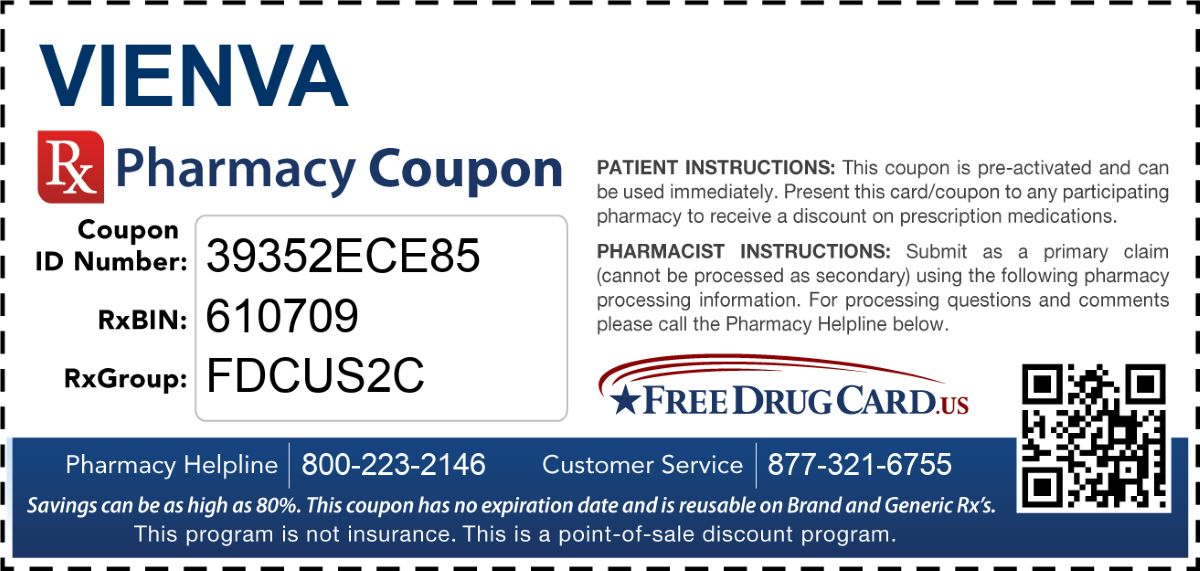

Finance
How Much Are Cortisone Shots Without Insurance
Modified: December 29, 2023
Discover the cost of cortisone shots without insurance and find out how to manage your finances for medical treatments.
(Many of the links in this article redirect to a specific reviewed product. Your purchase of these products through affiliate links helps to generate commission for LiveWell, at no extra cost. Learn more)
Table of Contents
Introduction
Welcome to our comprehensive guide on the cost of cortisone shots without insurance. In this article, we will explore the world of cortisone shots, their benefits and risks, and how much they can cost if you don’t have insurance coverage.
Cortisone shots, also known as corticosteroid injections, are a common treatment option for various conditions, particularly inflammatory ones. They involve injecting a small amount of cortisone, a powerful anti-inflammatory medication, into a specific area of the body to alleviate pain and reduce inflammation.
This treatment is widely used for conditions such as arthritis, tendonitis, bursitis, and certain skin conditions like psoriasis and eczema. Cortisone shots can provide significant relief and improve quality of life for many patients.
However, one major hurdle for many individuals seeking cortisone shots is the cost, especially if they do not have insurance coverage. Without insurance, the cost of these shots can add up quickly, potentially creating a significant financial burden for patients.
In this article, we will delve into the costs associated with cortisone shots, explore alternative options, and discuss government assistance programs that may offer financial relief for those without insurance coverage.
Lack of insurance coverage should not deter individuals from seeking necessary medical treatments. By understanding the costs associated with cortisone shots and exploring alternative options, individuals can make informed decisions about their healthcare and find affordable solutions.
Keep reading to learn more about the world of cortisone shots and discover ways to manage the cost without insurance coverage.
What Are Cortisone Shots?
Cortisone shots, also known as corticosteroid injections, are a common medical procedure used to treat inflammation and relieve pain in various parts of the body. The shots contain a corticosteroid medication, such as cortisone or a similar synthetic version of it, which is injected directly into the affected area.
Corticosteroids are powerful anti-inflammatory drugs that mimic the effects of hormones naturally produced by the body’s adrenal glands. When injected into a specific site of inflammation, cortisone shots help reduce swelling, relieve pain, and improve function.
These injections are commonly used to treat conditions such as arthritis, bursitis, tendonitis, and certain skin conditions. They can provide temporary or long-lasting relief, depending on the severity and nature of the condition being treated.
The procedure itself is relatively quick and straightforward. After cleansing the skin with an antiseptic, a healthcare professional will use a small needle to inject the corticosteroid medication into the desired area, typically guided by ultrasound or fluoroscopy for accuracy.
It’s important to note that cortisone shots should only be administered by a trained healthcare professional, such as a doctor or a specialist, in a clinical setting. They should not be performed at home or by unqualified individuals, as improper administration can lead to complications.
While cortisone shots can be highly effective in managing pain and reducing inflammation, they are not a cure for underlying conditions. These injections provide symptomatic relief and are typically used as part of a comprehensive treatment plan that may include physical therapy, lifestyle modifications, or other interventions.
It’s crucial to consult with a healthcare professional to determine if cortisone shots are appropriate for your condition and to discuss potential risks and benefits.
Now that we have a better understanding of what cortisone shots are, let’s explore the benefits and risks associated with this treatment option.
The Benefits and Risks of Cortisone Shots
Cortisone shots offer several benefits for individuals suffering from inflammatory conditions. The primary advantage is the immediate relief they can provide. By delivering corticosteroids directly to the affected area, cortisone shots can quickly reduce inflammation and alleviate pain.
One significant benefit of cortisone shots is their potential to improve mobility and function. For individuals with conditions like arthritis or tendonitis, the reduction in inflammation can lead to increased joint mobility and a significant decrease in pain, allowing them to engage in daily activities more comfortably.
Additionally, cortisone shots may help individuals avoid or delay the need for more invasive treatments, such as surgery. In some cases, cortisone shots provide long-lasting relief, allowing patients to manage their condition effectively without the need for more aggressive interventions.
However, it is important to understand that cortisone shots also come with potential risks and limitations. Although relatively safe when performed by a trained healthcare professional, there are some side effects and risks associated with these injections.
Some common side effects of cortisone shots include temporary pain or discomfort at the injection site, thinning of the skin, discoloration, and localized swelling. These side effects are usually mild and resolve on their own within a few days.
In rare cases, cortisone shots can lead to more severe complications, such as infection, nerve damage, or weakening of tendons or ligaments. These risks are higher when the shots are administered frequently or in high doses.
Furthermore, it’s important to note that cortisone shots only provide temporary relief and may not be a suitable long-term solution for everyone. Depending on the underlying condition, cortisone shots may need to be repeated periodically to maintain symptom control.
Before deciding to undergo cortisone shots, it is crucial to have an open and honest discussion with your healthcare provider about the potential risks, benefits, and limitations of this treatment option. They can help determine if cortisone shots are appropriate for your specific condition and guide you towards the most effective treatment plan.
Now that we have explored the benefits and risks of cortisone shots, let’s move on to discussing the cost of these injections without insurance coverage.
The Cost of Cortisone Shots without Insurance
For individuals without insurance coverage, the cost of cortisone shots can vary significantly depending on various factors, including the healthcare provider, geographic location, and the specific condition being treated.
On average, the cost of a cortisone shot without insurance can range from $100 to $300 per injection. However, it is essential to note that this is an approximate estimate, and actual prices may differ. Some clinics or healthcare facilities may charge more or less based on their pricing structures.
In addition to the injection itself, there may be additional costs involved, such as consultation fees, imaging studies (such as X-rays or ultrasounds), and follow-up visits. These additional expenses can further impact the overall cost of receiving cortisone shots without insurance.
It is crucial to communicate with your healthcare provider or the medical facility before undergoing the procedure to get an accurate estimate of the total cost. They can provide you with detailed information about the procedure’s cost breakdown and any potential discounts or payment plans available.
It’s worth noting that the cost of cortisone shots can add up over time, especially if multiple injections are required, as is often the case for chronic conditions like arthritis. Therefore, it is essential to consider the financial implications and explore ways to manage these costs effectively.
While the cost of cortisone shots without insurance can be significant, there are several strategies you can employ to make this treatment more affordable.
Firstly, consider discussing your financial situation with your healthcare provider or the clinic offering the injections. They may be willing to work with you to develop a payment plan or provide discounts based on your circumstances.
In addition, explore other healthcare providers in your area and compare their prices. Prices can vary between different clinics or hospitals, so researching multiple options can help you find a more affordable option.
Furthermore, inquire about generic corticosteroid medications, as they tend to be less expensive than brand-name alternatives. This can help reduce the overall cost of cortisone shots.
Lastly, consider discussing alternative treatment options with your healthcare provider. In some cases, non-invasive or less expensive alternatives, such as physical therapy, lifestyle modifications, or over-the-counter anti-inflammatory medications, may be effective in managing your condition.
Now that we have discussed the cost of cortisone shots without insurance, let’s explore potential affordable options for those seeking this treatment.
Seeking Affordable Options for Cortisone Shots
If you do not have insurance coverage and are looking for affordable options for cortisone shots, there are a few strategies you can consider. These approaches can help reduce the financial burden associated with the cost of these injections:
1. Local Community Clinics: Look for local community clinics or health centers that offer discounted or sliding-scale fees based on income. These clinics often provide affordable healthcare services to individuals who are uninsured or underinsured.
2. Negotiate Payment Plans: Reach out to the healthcare provider or clinic offering the cortisone shots and inquire about the possibility of setting up a payment plan. Many providers understand the financial challenges patients face and may be willing to work out a payment arrangement that fits your budget.
3. Research Discount Programs: Investigate whether there are any discount programs or prescription savings cards available that can help reduce the cost of cortisone shots. These programs often provide significant discounts on medications and medical treatments, including corticosteroid injections.
4. Explore Patient Assistance Programs: Some pharmaceutical companies offer patient assistance programs that provide medications, including cortisone shots, at low or no cost to eligible individuals. These programs are designed to help individuals who cannot afford their medications and may have specific income criteria or require an application process.
5. Consider Telemedicine Options: In some cases, telemedicine platforms may offer more affordable alternatives for cortisone shots. Through virtual consultations, healthcare providers can assess your condition and determine if a cortisone shot is necessary. They may also be able to provide prescriptions that can be filled at a lower cost through online pharmacies.
6. Research Clinical Research Trials: Clinical research trials can provide access to cutting-edge treatments at little to no cost. Look for ongoing trials in your area that may be studying cortisone shots or similar interventions for your condition. Participating in a clinical trial can not only provide you with affordable treatment but also contribute to medical research.
It’s essential to consult with your healthcare provider before pursuing any alternative options to ensure they are suitable for your specific condition. They can guide you towards the most appropriate and affordable treatment choices.
Now, let’s explore government assistance programs that may offer financial relief for cortisone shots without insurance.
Government Assistance Programs for Cortisone Shots
If you are without insurance coverage and struggling to afford cortisone shots, there are government assistance programs available that can provide financial relief. These programs aim to support individuals who cannot afford necessary medical treatments. Here are a few options to consider:
1. Medicaid: Medicaid is a government-funded healthcare program for low-income individuals and families. Eligibility criteria vary by state, but if you meet the income requirements, you may qualify for Medicaid coverage. Medicaid can help cover the cost of cortisone shots as well as other medical services and medications.
2. Affordable Care Act (ACA): The Affordable Care Act, also known as Obamacare, provides healthcare options for individuals and families without insurance. Depending on your income and eligibility, you may be eligible for subsidies that can significantly reduce the cost of healthcare services, including cortisone shots.
3. State-Specific Assistance Programs: Some states have their own assistance programs that provide healthcare coverage for low-income individuals. These programs may offer subsidies, discounts, or free services for those who meet specific criteria. Research the programs available in your state to determine if you qualify for assistance.
4. Veterans Administration (VA) Healthcare System: If you are a veteran, you may be eligible for healthcare services through the Veterans Administration. The VA provides comprehensive medical coverage, including cortisone shots, for eligible veterans. Reach out to your local VA office or visit the VA website to learn more about the healthcare benefits available to you.
5. Free and Charitable Clinics: Many communities have free or charitable clinics that provide medical services to uninsured individuals. These clinics are typically staffed by volunteer healthcare professionals and offer a range of services, including cortisone shots. Contact local clinics in your area to inquire about their services and eligibility requirements.
It’s important to note that each assistance program has specific eligibility criteria and requirements. To determine if you qualify and to understand what services and medications are covered, you may need to complete an application or provide documentation of your income and residency status.
Reach out to local government offices, healthcare providers, or community organizations for guidance and assistance in navigating these programs. They can help you understand the application process and provide support in accessing the healthcare services you need.
Now, let’s explore alternative treatment options to cortisone shots for those looking for different approaches to managing their conditions.
Alternatives to Cortisone Shots
While cortisone shots can be effective for managing inflammation and pain, they are not always the only option. If you are unable to afford cortisone shots or prefer to explore alternative treatments, there are several alternatives you can consider:
1. Physical Therapy: Physical therapy is a non-invasive and cost-effective option for managing many inflammatory conditions. A physical therapist can design a personalized exercise and stretching program to help improve mobility, strengthen muscles, and reduce pain. Physical therapy can be particularly effective for conditions such as arthritis, tendonitis, and bursitis.
2. Occupational Therapy: Occupational therapy focuses on helping individuals regain and maintain their independence in daily activities. An occupational therapist can provide techniques, adaptive tools, and strategies to help manage pain and inflammation without relying on cortisone shots. This approach is especially beneficial for conditions affecting the hands, wrists, or other joints.
3. Lifestyle Modifications: Making changes to your lifestyle can have a significant impact on managing inflammation and pain. This can include maintaining a healthy weight, exercising regularly, adopting an anti-inflammatory diet rich in fruits, vegetables, and omega-3 fatty acids, avoiding triggers, and practicing stress management techniques.
4. Nonsteroidal Anti-Inflammatory Drugs (NSAIDs): Over-the-counter NSAIDs, such as ibuprofen or naproxen, can be effective in reducing inflammation and providing temporary pain relief. However, it’s essential to use them as directed and seek guidance from a healthcare professional, especially if you have any underlying health conditions or are taking other medications.
5. Topical Creams or Gels: Topical creams or gels containing anti-inflammatory ingredients, such as menthol or capsaicin, can provide localized relief for certain inflammatory conditions. These products are applied directly to the affected area and can help reduce pain and inflammation without the need for injections.
6. Alternative Therapies: Various alternative therapies, such as acupuncture, chiropractic care, or herbal remedies, have been used by individuals to manage pain and inflammation. While the effectiveness of these approaches may vary, some individuals find them beneficial as adjunct treatments or alternatives to cortisone shots. It’s important to consult with a qualified healthcare professional before trying any alternative therapies.
It’s essential to consult with your healthcare provider or a specialist who can evaluate your specific condition and recommend the most appropriate alternative treatment options. They can provide guidance on which alternatives may work best for you and help create a comprehensive treatment plan that addresses your needs.
Now, let’s conclude our discussion on the cost of cortisone shots and explore key takeaways.
Conclusion
Cortisone shots can be highly effective in managing inflammation and providing relief from pain for individuals with conditions such as arthritis, tendonitis, and bursitis. However, without insurance coverage, the cost of these injections can be a significant financial burden.
If you find yourself in this situation, there are several avenues to explore for affordable options. Local community clinics, negotiation of payment plans, research into discount programs, and participation in government assistance programs like Medicaid or ACA can help mitigate the cost of cortisone shots.
Additionally, considering alternative treatments such as physical therapy, occupational therapy, lifestyle modifications, NSAIDs, topical creams or gels, and alternative therapies can provide viable alternatives to cortisone shots.
It’s important to have open and honest discussions with healthcare providers to fully understand the benefits, risks, and limitations of cortisone shots and alternative treatments. They can guide you towards the most appropriate and affordable options based on your specific condition.
If you are unable to afford cortisone shots or alternative treatments, do not despair. Reach out to community organizations, government agencies, and healthcare providers for assistance and explore all available resources to access the care you need.
Remember, prioritizing your health should not be contingent on insurance coverage or financial means. By seeking out affordable options and exploring alternative treatments, you can take control of your healthcare journey and find ways to manage inflammatory conditions effectively.
Always consult a healthcare professional to determine the best course of treatment for your specific condition. They can provide personalized guidance and ensure that you receive the most appropriate care.
Let this guide serve as a resource and inspiration to seek out affordable options and explore alternative treatments to manage inflammation and pain. Together, we can strive for better health and well-being for all, regardless of insurance coverage or financial circumstances.

